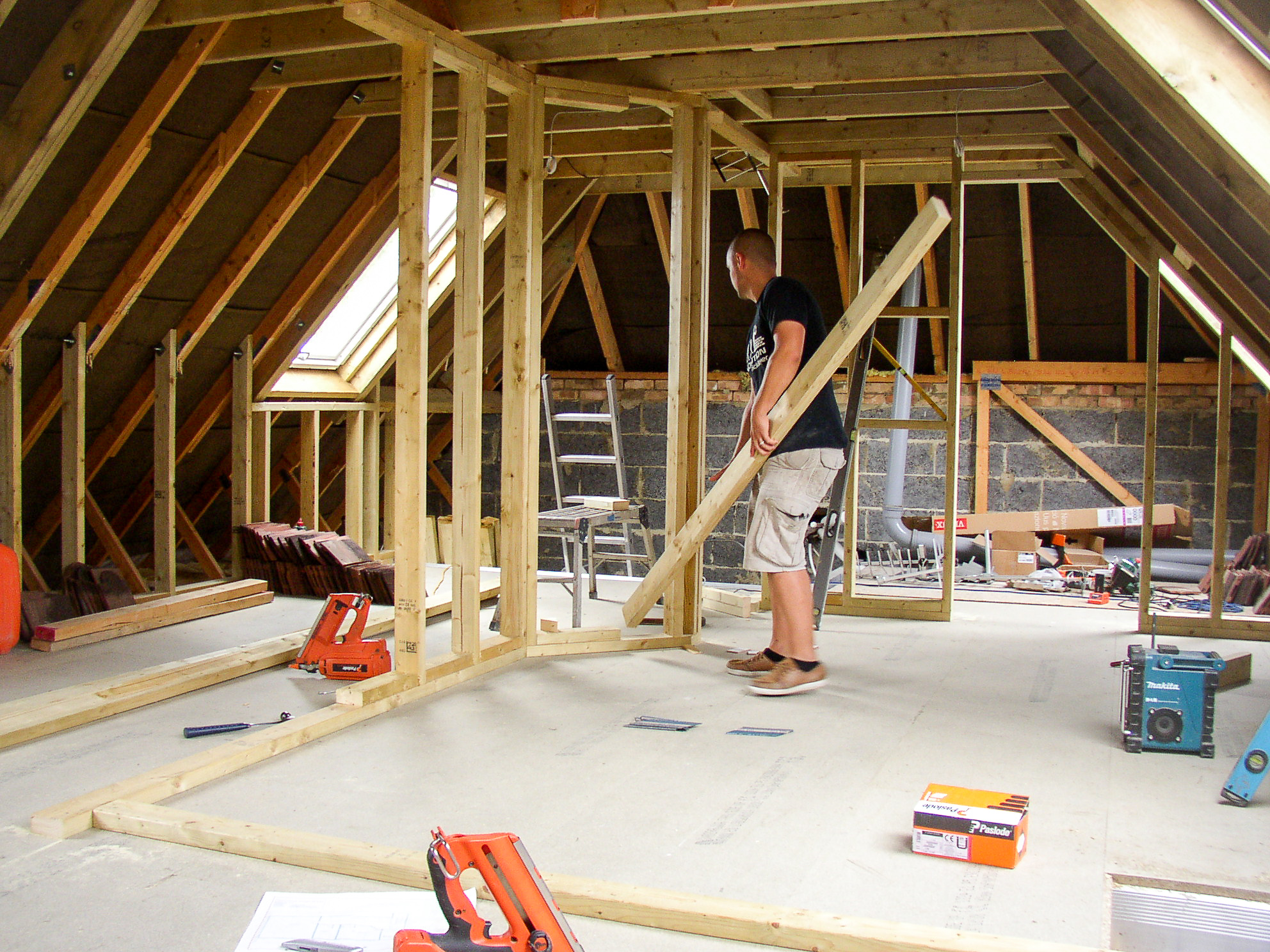What is the difference between Building Regs and Planning Permission?
What is the difference between Building Regs and Planning Permission?
If you want to renovate a new home, there is a good chance you will need some form of permission before starting any building work.
There are two main types of permission, Building Regulations (building regs) and Planning Permissions and if you are doing any extension work, you may need both.
Building Regulations set the minimum standard for the design and construction of buildings to ensure that any work has been done correctly. They cover safety standards for the construction of everything from staircases and chimneys to the heating efficiency of boilers and providing access facilities for the disabled. You may need building regulation approval to cover work on your home both internally and externally.

Planning Permissions are more about the external appearance of the building and making sure any landscaping considerations are in keeping with the local environment. Ultimately, Planning Permissions are there to avoid architectural ‘eyesores’ and oversized extensions being built that would be ‘out-of-keeping’ in an area.
Both are legally required and must be submitted to your local council before beginning any work. Failure to comply could lead to a fine.
What are Building Regulations?
Before you carry out any building work, you or your builder/architect/surveyor must submit full plans for approval to your local council’s building control team or through the buildings notice procedure. Some examples of what building regulations cover, include:
- Structural stability of a building.
- Correct Fire Safety measures including fire escapes.
- Ensuring a building is water and weather tight.
- The use of toxic substances in cavity fill insulation systems.
- Levels of sound insulation between buildings and rooms.
- Technical design standards for sanitary pipework and drainage.
- Underpinning the foundations of a building.
- The design, installation, inspection and testing of electrical installations.
What is Planning Permission?
If you are planning to build a new home or alter the appearance or scope of your home, getting planning permission is one of the first hurdles you will have to face. They are many different types of permission and your architect or builder will be able to help you determine which ones apply to your property project.
The main types of Planning Permission include:
Householder Planning Consent – Required for extensions, conservatories, loft conversions, dormer windows, garages and out buildings.
Full Planning Consent – Required if you are planning on changing the number of dwellings on the site, or changing the use of a property. You do not need planning permission for many internal renovations.
Outline Planning Consent – Find out if the scale and scope of your plans are likely to be approved in principal before you commit to any substantial costs.
Planning Permission in a Conservation Area - If you live in a conservation area, you will need planning permission before any relevant demolition of property.
Listed Building Consent – If your property is a building, object or structure judged to be of national architectural or historical interest, then you will be subject to extra conditions before any work can begin.
Lawful Development Certificate - For peace of mind that an existing or proposed work is lawful, or that you do not need planning permission, you can apply for a Lawful Development Certificate or LDC.
Retrospective Planning Permission - If you have made changes to your property without getting planning permission, you can make a retrospective planning application for work you have already carried out.
